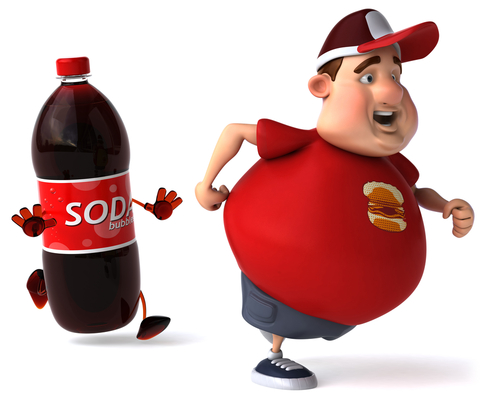Market diversification will
increase
The diversification
reflects the increasing number of different types of soft drinks and the
changer of consumer group. Customers habits and preferences are keep changing.
For example, since 1990s, tea consumption increased sharply in Europe and
American, but in Asia area, tea consumption was decreasing and carbonated
drinks consumption was increasing.
Market convergence
In passed years, fast food
and soft drinks are more and more popular. People pay more attention to health
and environment, so healthy food and drinks will become more popular. People
are looking for a way to achieve healthy car thorough diet so health care
drink become a new focus in beverage industry. Nowadays, many functional drinks
are introduced, some of the drinks have the functional of nutritional
supplements and even preventing and curing disease.



